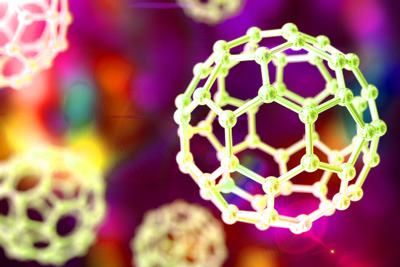Positive study results for Oasmia’s XR17 nanotechnology
Posted: 6 April 2016 | | No comments yet
The confirmation of XR17 as a drug delivery system creates the potential for licensing opportunities in additional therapeutics outside of oncology…


Oasmia has announced the results of a study of its XR17 nanotechnology that, the company says, indicate the excipient’s vast potential across many pharmaceutical indications beyond the cytostatic drug market.


XR17 is Oasmia’s proprietary excipient, transforming novel or existing un-soluble molecules into water soluble nanoparticle formations which instantly is released in the blood stream without added solvent, resulting in shorter infusion time and no pre-medication for the patient. This innovative approach also allows for multiple cytostatics to be given in a single infusion, as opposed to a traditional process that would usually require two or more infusions. XR17 is the excipient of Oasmia’s human oncology treatment compound Paclical.
Oasmia completed a single centre, randomised, single-blind, placebo-controlled study to assess the pharmacokinetics, safety and tolerability of XR17 and XMeNa, one of the components of XR17, after performing single ascending doses in 48 healthy subjects. XR17 has been used in several previously conducted clinical trials without any adverse events connected to the substance, a result that now has been confirmed and reinforced by this study.
A ‘tremendous’ market opportunity for Oasmia
The confirmation of XR17 as a drug delivery system creates the potential for licensing and deployment opportunities in additional therapeutics outside of the oncology treatment sector. A 2014 report estimated that “70% of molecules in the developmental pipeline are believed to be poorly soluble and 40% of already approved drugs are poorly soluble,” creating what Oasmia believes is a market opportunity that can be fulfilled by XR17.
“The drug discovery programme is often limited by poor solubility that in many cases can exclude the patients from highly potent medications and result in additional and expensive administrations. In worst cases, drugs that have shown strong potential in animal models may not be used as a pharmaceutical treatment due to solubility problems,” said Margareta Eriksson, Vice President of Clinical Development at Oasmia Pharmaceutical. “We are pleased that this clinical study yielded the results we had anticipated, and consider it the first step in positioning XR17 as a drug delivery system with expansive potential in the pharmaceutical industry.”
“The results of this clinical study present a tremendous market opportunity for Oasmia, one that we seek to capitalise on for future revenue potential,” said Julian Aleksov, Executive Chairman of Oasmia. “XR17 has thus far fulfilled our expectations, clearly demonstrating that its potential for widespread adoption by the pharmaceutical sector is no longer exclusive to oncology, but all treatments. We believe this breakthrough and subsequent development will create a revenue channel for Oasmia in addition to the sales efforts of our family of commercialized and next-generation oncology products.”




